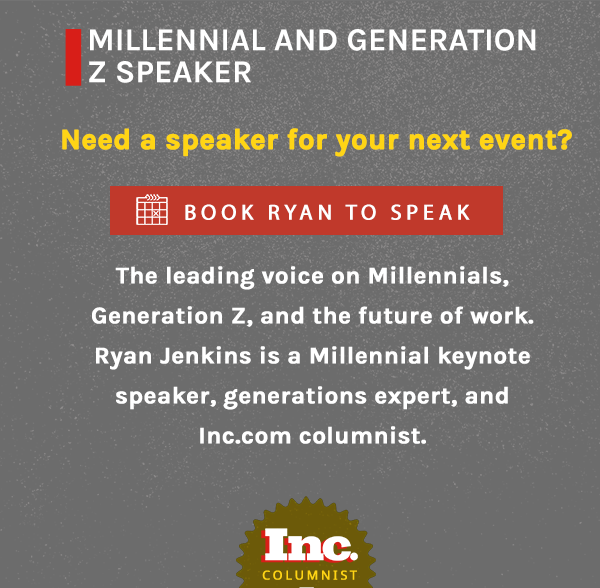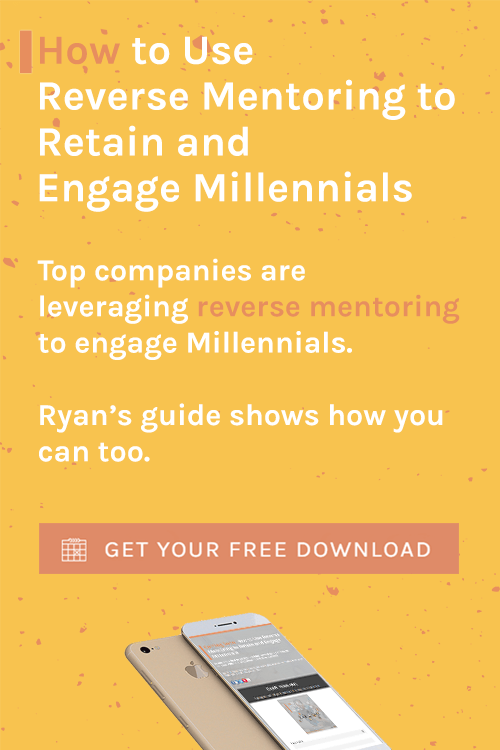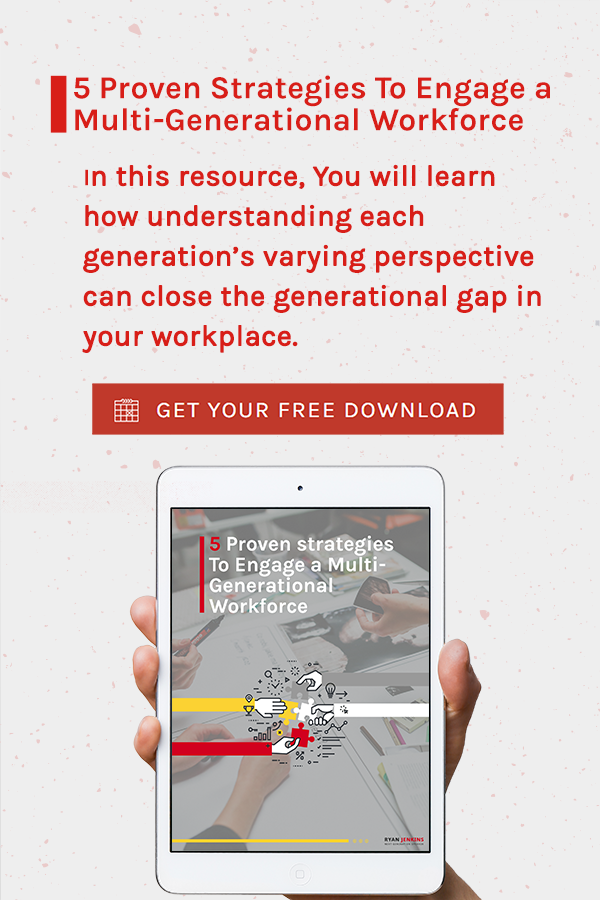Acquire better Millennial talent by following these nine interviewing steps.

Legendary football coach Lou Holtz once said, "I've had good players, and I've had bad players. I'm a better coach with good players." The performance of an organization is elevated by the quality of its talent. Assessing the quality of talent starts in the interview.
The steps for interviewing Millennials aren't much different from those you'd use in interviewing other generations, but there are a few nuances that could be the difference between success and failure.
9 Steps to Successfully Interview Millennials
1. Prepare yourself.
Review the job description (make a list of the requirements, responsibilities, and skills needed for the job). Review the applicant's resume. Dig into the candidate's social presence, which for Millennials could be very robust and revealing, positively or negatively.
2. Prepare the candidate.
An unprepared candidate can waste both parties' time. Send recommendations and details about the interview a couple of days before the interview. Include items such as interview tips, what to wear, what to bring, suggested reading, etc.
Also, reinforce that the interview process is a two-way street and that candidates are evaluating the company as much as you are evaluating them. Encourage them to prepare their own questions.
If a candidate still shows up unprepared, then disqualify him or her. The candidate won't be a fit if he or she cannot put in the necessary effort during the interview process.
Want to take this one step further? At the end of the e-mail or info packet, mention a specific action for the candidate to take, such as "please bring a red pen to the interview." If the candidate brings the red pen, you can be sure that he or she is thorough, follows directions, and follows through.
3. Relax the candidate.
Chances are high that the Millennial you are considering won't have much experience interviewing, and nerves will likely show during the interview. It's important to get candidates to relax so that their true selves can come through and they can best communicate why they are the best fit for the job.
Put the candidate at ease with a smile, nonjob-related questions, and/or a tour of the office before the interview begins. Highlighting the flow and structure of the interview can also help to relax a candidate.
Evaluate how the candidate handles nerves, as it can be a strong indicator of his or her level of self-awareness and adaptability.
4. Streamline the process.
Leverage technology to make the interview process seamless. Tools like Skype, Zoom, or InterviewStream can streamline interviewing with video. Other tools like Calendly, Doodle, or Vyte can streamline the scheduling of interviews. Make the interview process as digitally native as Millennials are.
Discovering ways to streamline and systemize the interviewing process (externally for candidates and internally for teams) should be a constant quest for hiring managers.
5. Evaluate quickly.
In a world of endless streams of info, succinct communication is highly valuable. If a candidate cannot make a compelling case as to why he or she should be hired in thirty minutes or less, that person might not be the best fit.
Start the hiring process with a quick (fifteen- or thirty-minute) intro interview. Ask four to six questions to cover the requirements and get to know the candidate.
Following this interview, simply ask yourself, "Do I like this person?" Your answer must be yes, since you'll probably be working closely with him or her. The second question to ask yourself is, "Is this person lit up about working here?" If the candidate lacks the necessary passion for the position, he or she might just be chasing a paycheck and won't be a long-term high performer. Passion is caught, not taught, so keep looking if passion is absent.
Before concluding the first interview, address...
- Next steps in the hiring process.
- What to expect for timelines.
- Appropriate contact for additional questions.
- How the candidate would prefer to communicate moving forward.
6. Follow-up swiftly.
As soon as a decision is made on the candidate (a few days max), inform him or her (either way) and what to expect for next steps.
You cannot overcommunicate in this stage of the interview process.
7. Repeat the steps.
After the initial interview, repeat steps 1 through 6, but change the interview(s) to be more behavioral ("Tell me about a time when you...") or performance-based (ask about the knowledge, skills, abilities, and other characteristics needed to perform well). Consider extending these interviews to an hour if necessary.
Depending on the job, consider having the candidate submit work samples, partake in a skill test, or solve a real problem during the interview process. Delivering real solutions to real problems equals real talent.
8. Extend the offer.
When extending a job offer to a Millennial...
- Emphasize why the person was chosen and what makes him or her a strong fit for the organization.
- Make it personal by linking the candidate's goals or previous experience with the new job.
- Mention the short-term and long-term development and career opportunities.
- Highlight the company's mission, vision, and core values.
- Describe the immediate impact the new hire will make.
- Be excited. (Accepting and starting a new job are typically top-ten life moments for people. Stoke the candidate's excitement to create positive momentum.)
9. Involve the candidate.
Too often, especially for organizations hiring Millennials out of college, once the candidate formally accepts a job offer, the company vanishes. Months can go by without any communication, and the candidate begins to question if he or she actually got hired.
Keep the new hire warm and involved by inviting him or her to team meetings, social outings, or a tour of the office. Send a list of recommended books, podcasts, or videos to prepare the candidate for the industry or type of work.
(Discover more Millennial and generational strategies in Ryan's new book, The Millennial Manual: The Complete How-To Guide to Manage, Develop, and Engage Millennials at Work.)
I help companies better lead, engage, train, and sell to Millennials and Generation Z. If you’d like help solving tough generational challenges inside your organization, click here.





